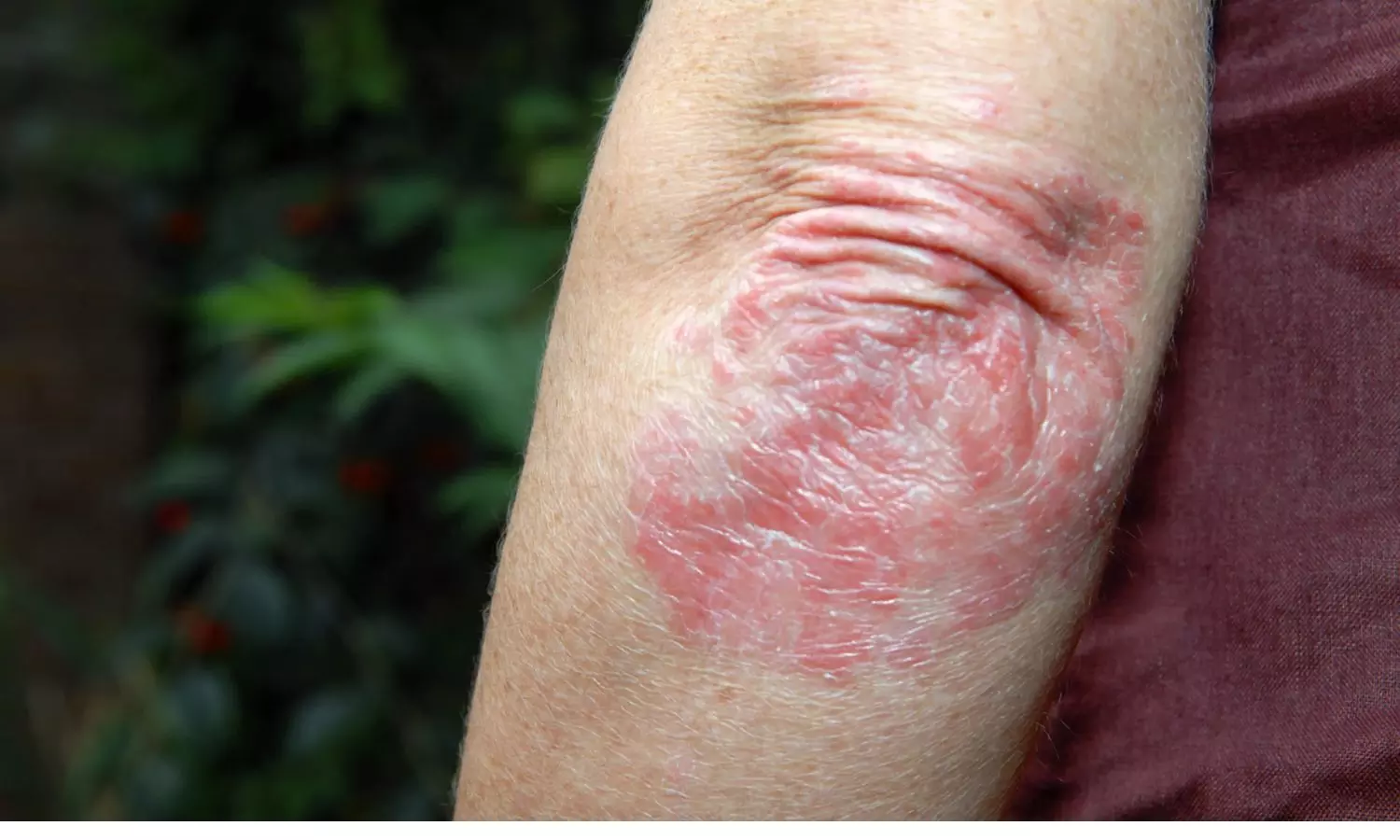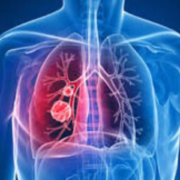MKCG Medical College Hospital doctors perform laparoscopic bilateral adrenalectomy on 9-year-old girl

Berhampur: Doctors at the government-run MKCG Medical College and Hospital recently achieved a milestone by performing a laparoscopic bilateral adrenalectomy on a 9-year-old girl suffering from Cushing syndrome, an exceptionally rare condition. This marked the first instance of such a procedure in the state.
Cushing syndrome is caused due to a rare genetic disease called primary pigmented nodular adrenocortical disease (PPNAD), an extremely rare disorder with a prevalence of less than one in two lakh. The doctors took around three hours to perform the laparoscopic on April 9, said a doctor.
According to a PTI report, “This might be the first case in the state and our doctors successfully treated the girl. The condition of the girl is now good and will be in the hospital for some days for observation,” said Suchitra Dash, superintendent of the medical college and hospital.
Also Read:Odisha Govt to set up 11 cancer care units, Rs 1001 crore boost for cancer care
The medical college’s principal, Santosh Kumar Mishra, and superintendent extended their gratitude to the dedicated team of doctors who tackled this challenging procedure.
Cushing syndrome manifests with small to normal-sized adrenal glands containing multiple pigmented nodules, leading to excessive cortisol hormone secretion from both glands. Left untreated, it can precipitate severe cardiac complications, strokes, and premature mortality.
The prescribed treatment involves the removal of both adrenal glands, followed by lifelong steroid supplementation at low doses, as elucidated by Professor P. Ravi Kumar from the endocrinology department.
This was a very challenging operation performed by a team of doctors consisting of paediatric surgeons, urologists, anaesthesia, and paediatrics departments.
Besides, parent department endocrinology provided support for steroids throughout the surgery, said Manas Ranjan Dash, associate professor, of paediatrics surgery, who led the team, news agency PTI reported.
Ravi Kumar said the patient from Khandadeuli village in Ganjam district was admitted to the endocrinology department on April 4. She was suffering from excessive weight, acne and high blood pressure. After thoroughly investigating, she was diagnosed to be a case of Cushing syndrome, he said.
Powered by WPeMatico



















